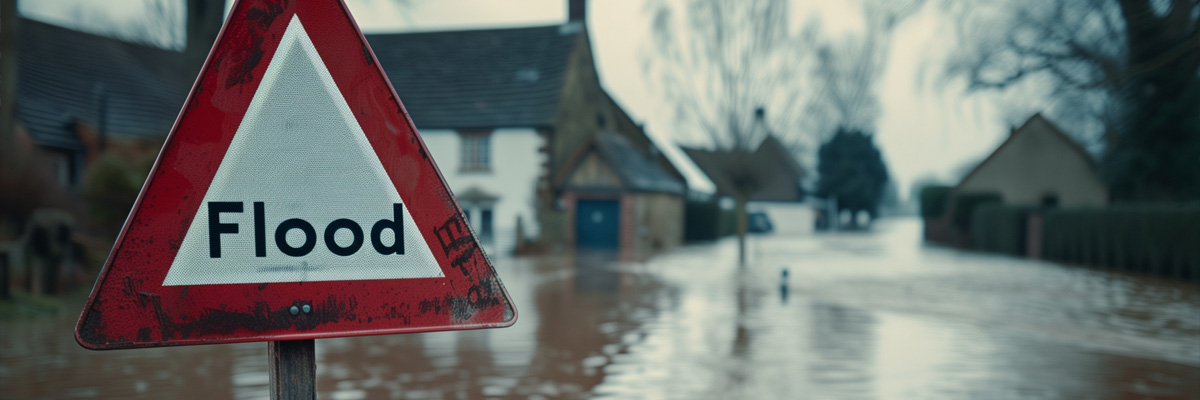About us
Extreme Value Analysis is a branch of statistics that develops statistical methodology for the unusually large or small observations in a data set. It is fundamentally linked to Extreme Value Theory, which is a branch of probability focusing on the asymptotic tail behaviour of probability distributions and stochastic processes.
Why should we care about extreme events?
Extreme events, though rare, almost always have disastrous and long-term impacts across different sectors of society and different economic sectors. The two main application domains for EVA are natural hazards and financial risk management. Examples of natural hazards include fluvial or coastal flooding, droughts, heat waves, and severe storms. Examples in finance include stock market crashes and large insurance claims. In all cases, prediction of the risk of future extreme events is a vital step in enabling us to mitigate the effects of such catastrophic events. Because extreme events are rare, it is impossible to predict this risk from historical data alone and a suitable model fitted to historical data must be used for the necessary extrapolation.
Why do we need special methodology?
Almost all standard statistical methods characterise the mean behaviour of a process or data sample and are therefore not generally useful for capturing tail behaviour. To mitigate the impact of the mean behaviour on tail extrapolation, methods which focus specifically on tail events are required.
What do we do?
Our group is interested in many different aspects of extreme value analysis, with research and publications covering theory, methodology and application. Often our projects cover more than one of these areas and we also work directly with other statistical research groups to facilitate cross-pollination of ideas across statistical disciplines. There is a particularly strong link with the Environmental and Ecological group.
Current methodological research areas:
- Development of new dependence models for multivariate and spatial extremes, with focus on efficient and flexible modelling and inference for high-dimensional spatio-temporal data;
- Creation of methodology for the extremes of complex processes, including identification and incorporation of trends, extreme event drivers and temporal dynamics;
- Statistical downscaling of extreme events from the gridded output of mathematical or numerical models, e.g. global climate, hindcast and forecasting models;
- Compound extreme event modelling.
Current application areas:
- Flooding: development of spatial and temporal models for river and coastal flooding, and estimation of flood risk in a changing world;
- Extreme metocean environments: estimation of risk, and associated uncertainty quantification, in , including how these fluctuate over space-time, or with changes in physical drivers;
- Earthquakes: estimating the scale of future extreme earthquakes that arise either from gas extraction or from carbon capture storage programmes;
- Maintenance scheduling: long-term optimising time windows for undertaking maintenance of structures such as wind-farms and estuary barriers (e.g., Thames Barrier) to minimise the chance of extreme events during the scheduled works.
- Downscaling of natural hazards: examples include temperature, air pollution and extreme ocean environments;
- Ground-based effects of extreme space weather events: understanding the spatio-temporal behaviour of, and risk, from different types of solar storms;
- Air pollution: forecasting the risk of episodes of poor air quality and understanding within-episode behaviour.
As well as links with multiple universities in the UK and abroad, the group has strong research links with many collaborators both in the industry and in research organisations. The majority of the collaborators are experts in one or more of the fields detailed above. Organisations/groups with whom we have links include Shell, EDF, JBA Trust, British Geological Society, Centre for Ecology and Hydrology (Wallingford), Lancaster Environment Centre, UK Meteorological Office, HR Wallingford, National Oceanographic Centre.











